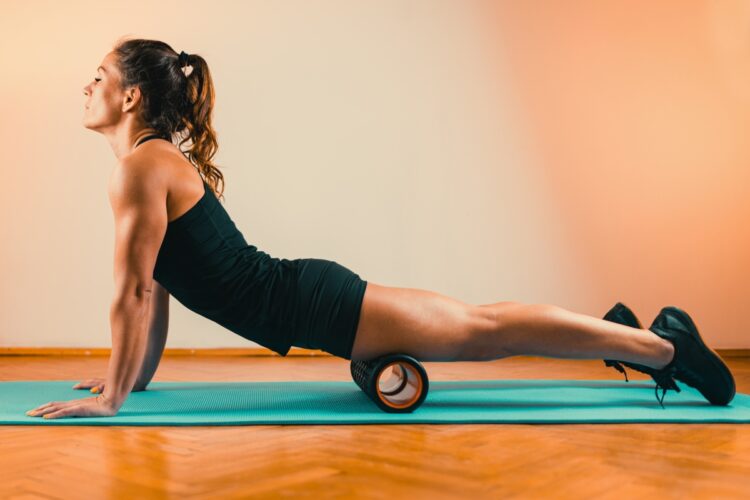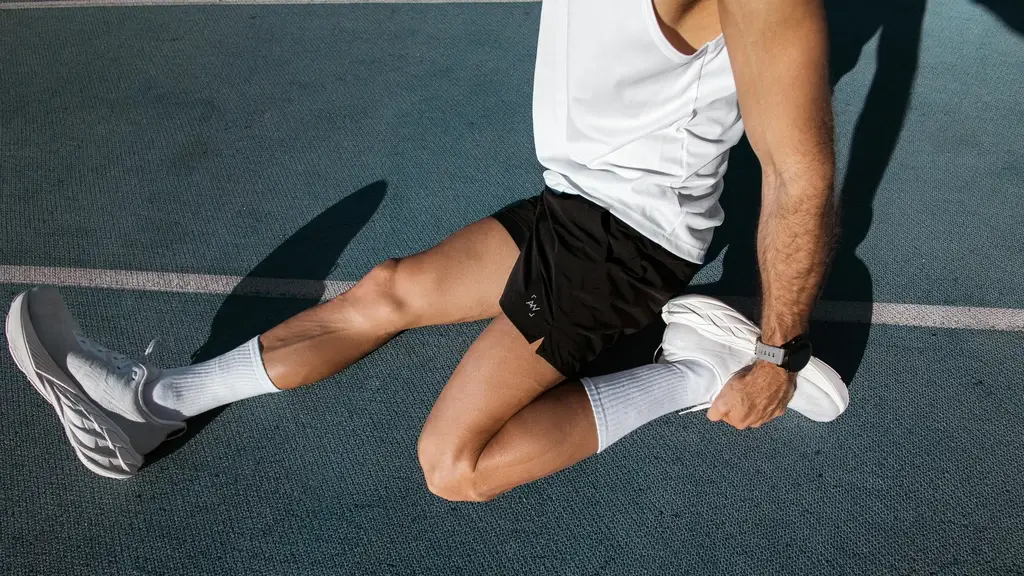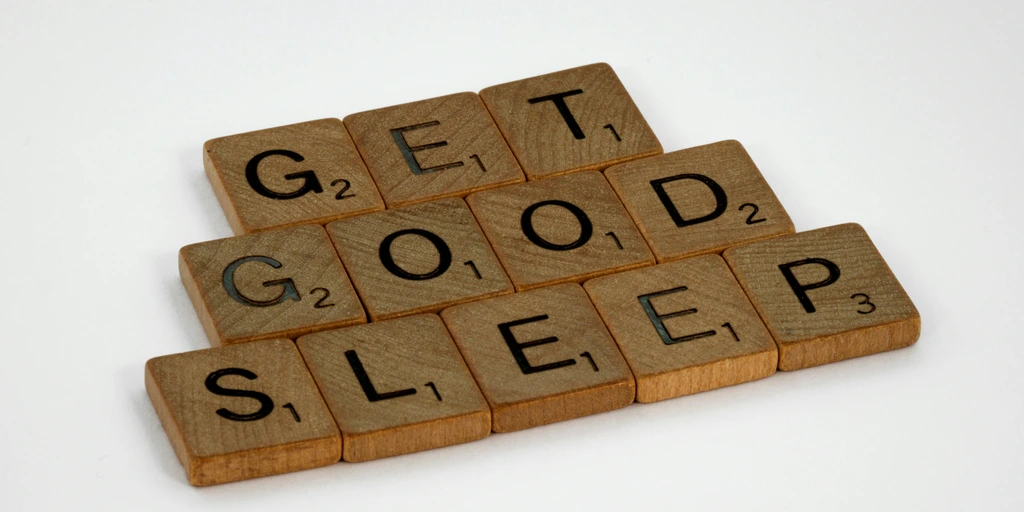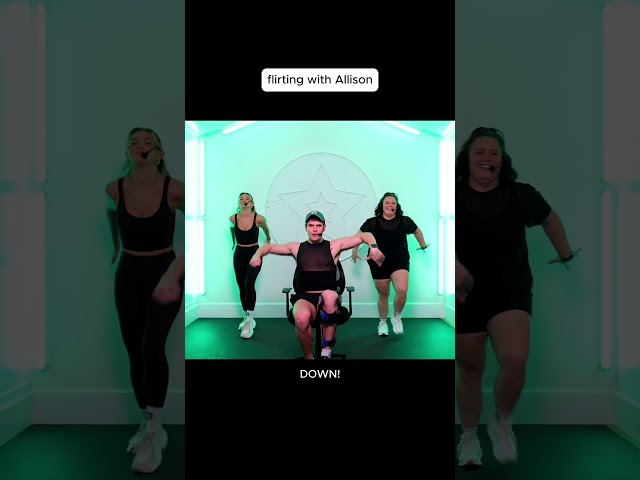Introduction
Our muscles endure a lot of stress on a daily basis, whether it’s from intense exercise, long hours at the office, or other physical activities. To promote optimal muscle recovery and prevent injury, it’s essential to incorporate effective recovery practices into our routines. One such practice is foam rolling, a technique that has gained popularity among athletes and fitness enthusiasts.
What is Foam Rolling?
Foam rolling, also known as self-myofascial release, is a form of self-massage that involves using a foam roller to target specific trigger points and tight muscles. The foam roller is a cylindrical tool made of dense foam that provides pressure to the muscles, helping to release tension and improve mobility.
The Benefits of Foam Rolling
Foam rolling offers several benefits for muscle recovery and overall well-being:
- 1. Increased Blood Flow: Foam rolling helps to stimulate blood flow to the muscles, which aids in the delivery of oxygen and nutrients. This increased circulation can speed up the recovery process and reduce muscle soreness.
- 2. Improved Range of Motion: Regular foam rolling can help improve flexibility and mobility by breaking up adhesions and releasing muscle knots. This can lead to better overall performance and reduced risk of injury.
- 3. Decreased Muscle Tension: Foam rolling targets trigger points and tight muscles, helping to release tension and promote relaxation. By incorporating it into your routine, you can alleviate muscle tightness and discomfort.
- 4. Enhanced Recovery: Foam rolling can be an effective tool for post-workout recovery. It helps to flush out toxins and waste products from the muscles, reducing inflammation and promoting faster recovery.
- 5. Mindful Practice: Foam rolling provides an opportunity to practice mindfulness and connect with your body. By focusing on the sensations and being present in the moment, you can enhance the mind-body connection and promote relaxation.
How to Incorporate Foam Rolling into Your Routine
If you’re new to foam rolling, here are some tips to help you get started:
- 1. Start Slow: Begin with a shorter foam rolling session, focusing on targeting specific muscle groups. Gradually increase the duration and intensity as your body adapts.
- 2. Be Mindful: Pay attention to the sensations as you roll over each muscle. Take deep breaths and relax into the pressure, allowing the muscles to release tension.
- 3. Target Key Muscles: Focus on areas that tend to be tight or prone to soreness, such as the calves, quadriceps, hamstrings, glutes, and upper back.
- 4. Use Proper Technique: Roll slowly and evenly over the targeted areas, avoiding rolling over joints or bones. Apply controlled pressure and adjust accordingly based on your comfort level.
Conclusion
Foam rolling is a valuable practice for muscle recovery and overall well-being. By incorporating it into your routine and practicing mindfulness, you can experience the numerous benefits it offers. Remember to start slow, be mindful of your body, and target key muscle groups for optimal results. Happy rolling!












Discussion about this post